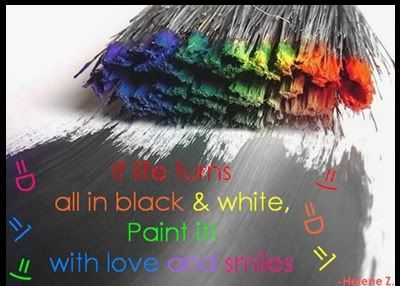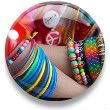
A color wheel is an artistic tool and anyone who deals with the use of color in their work to translate a feeling or emotion to an audience has used this tool. They can be an artist, a graphic designer creating a logo, clothing designers, interior designers, even chefs. If you want to create a bold statement or if your desire is to choose colors that compliment and balance each other, the color wheel would point them out to you. The color wheel will show you the essential relationships between colors.
Whether you are mixing and matching furniture, fabric or paint, it would be helpful to be familiar with the terminology of color so you will be comfortable in communicating with textile and paint dealers. Here is a list of the basics in color theory, as well we offer a link to a color blender tool to make your job of selecting a color fit that is just right for you.
- Color theory refers to the mixing and the visual impact of specific color combinations.
- The primary colors are red, yellow and blue. With these colors you can make all kinds of other color combinations.
- The secondary colors are equal combinations of two primary colors:
red + yellow = orange, chromatic + yellow = green. - The tertiary colors are an equal combination of a primary color and a secondary color: blue (primary) + green (secondary) = blue-green.
- Color scheme is the organizing of colors for a project. to create visual appeal and style. Color schemes are logical combinations of colors on a color wheel.
- Hue is a particular shade or tint on a color.
- Monochromatic colors involve using the same hue along with it’s varying tints to create depth and dimension.
- Analogous colors are colors that sit beside each other on the color wheel.
- Complementary colors are opposite each another on the color wheel These colors have the strongest contrast to each other. Complementary colors work well when you want something to stand out.
- Color triad is three colors spaced an equal distance apart on the color wheel (e.g., purple, orange, and green).
- Cool colors are a hue of green, blue, violet, and grey. They give the feeling of cool.
- Warm colors are said to be more cozy and inviting while ; like yellow, orange, and red.
- Neutrals are a mixture of primary colors mixed with black or white such as grey, beige, taupe, tan, ivory, etc.
- The temperature is how hearty or cool the color is compared to the other colors around it.
- The intensity is the dullness or brightness of a color.
- The saturation of a hue/color with black or white creates tints.








